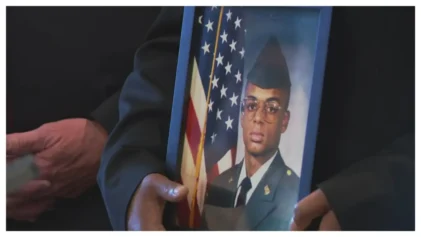
Using 60 years of data up to the year 2010, researchers found that in 2009, Black and Latino students in New York state had the highest concentration in intensely-segregated public schools (less than 10 percent white enrollment), the lowest exposure to white students, and the most uneven distribution with white students across schools.
Even worse, most Black and Latino students attended schools where close to 70 percent of the students were low-income, while most white students attended school where just 30 percent of the students were low-income. This is crucial because the higher the concentration of low-income students, the lower the student performance.
Charter schools in New York City showed even higher segregation rates, with less than 1 percent white enrollment at 73 percent of charters—what the authors of the report called “apartheid schools.”
“New York’s record on school segregation by race and poverty is dismal now and has
been for a very long time. The children who most depend on the public schools for any chance in life are concentrated in schools struggling with all the dimensions of family and neighborhood poverty and isolation,” Gary Orfield, co-director of UCLA’s Civil Rights Project/Proyecto Derechos Civiles and professor at UCLA’s Graduate School of Education, wrote in the report’s foreword. “In spite of the epic struggle for more equitable funding in New York, there is a striking relationship between segregated education and unequal school success. Although many middle class families of all races would like their children to be educated in successful diverse schools, there are few such opportunities.”
The study found that although the proportion of Latino and Asian students in the state of New York nearly doubled from 1989 to 2010, the exposure these students had to white students in public schools decreased during that time. As the minority student populations increased, the proportion of low-income students in those minority-majority public schools also rose, making the schools “severely segregated” in terms of both race and class, according to the report.
How did New York get this way? In a conference call with reporters, the authors said it was because of changing demographics in the state, paired with a lack of diversity-focused policies — including subpar transportation systems for students and restrictive admissions standards.
“If you don’t have an intention to create diverse schools, they rarely happen,” Orfield told reporters.
While many Southern states were forced to desegregate schools, places like New York never really appeared concerned. So even though New York City is accurately called a “melting pot,” with the most heterogeneous and highly populated area in the country, many neighborhoods in the city have seen little diversity over the years and are dominated by one or another of the major race or ethnicity groups.
In response to the UCLA study, Dennis Tompkins, spokesman for the New York State Education Department, said the findings were troubling but unsurprising.
“Both racial and socioeconomic integration can contribute to advancing the student outcomes we want and ensuring the kind of society we want that reflects America’s democratic principles. The nation, the state, and our school districts all have work to do,” Tompkins said. “Over the years, the Board of Regents and the Department have supported a variety of initiatives along these lines, including the Rochester Urban-Suburban Initiative. More recently, the Department required students at two failing Buffalo high schools to be provided with access to high-quality programs at a suburban BOCES, and the Board of Regents called for legislation to allow the creation of regional high schools.”
But James Merriman, CEO of the New York City Charter School Center, was even more dismissive of the report.
“Charters are damned if they do and damned if they don’t. If they open in mixed-income neighborhoods as many have tried to, they are accused of abandoning their mission to serve high-needs kids and of trying to inflate their test scores,” he said. “And when they do serve children in low-income areas — neighborhoods which are historically segregated—they are accused of being too narrow in focus.”
“So instead of focusing on the bogus conclusions of this study,” Merriman continued, “we’re going to focus on providing a great public education to all of our students, no matter where they live.”


